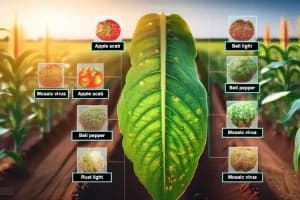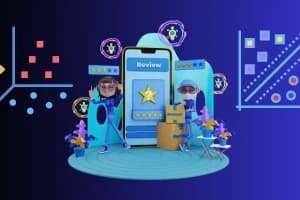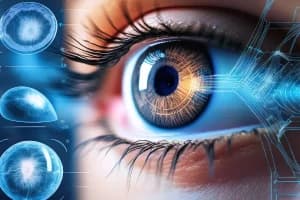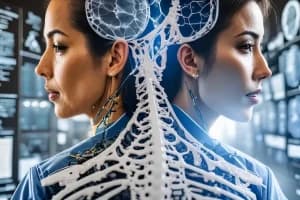OpenCV (Open Source Computer Vision Library) is a machine learning and computer vision software library that is free to use. OpenCV was created to provide a standard infrastructure for computer vision applications as well as to speed up the incorporation of machine perception into commercial goods. OpenCV is easy for businesses to use and alter because it is a BSD-licensed software. In this article, we will discuss some OpenCV projects which will give you an overview of what can you do with OpenCV for your OpenCV final year project.
1. Barcode and QR Code Reader Using OpenCV in Python
This project introduces pattern recognition and decoding by reading barcodes and QR codes from images or live camera feeds using OpenCV. It can be expanded to support more barcode formats or integrated into retail POS systems for automation. The system processes images in real time, making it ideal for inventory management and digital payments. For more details, you can watch this Youtube video.

Project Source Code: Barcode and QR Code Reader
2. Gesture Volume Control
In this project, we'll learn how to alter the volume of a computer using Gesture Control. We'll start with hand tracking and then use hand landmarks to find a volume-changing gesture with our hand. This project is module-based, which means we'll be using a hand module that was previously constructed and makes hand tracking a breeze. For more details, you can watch this Youtube video.
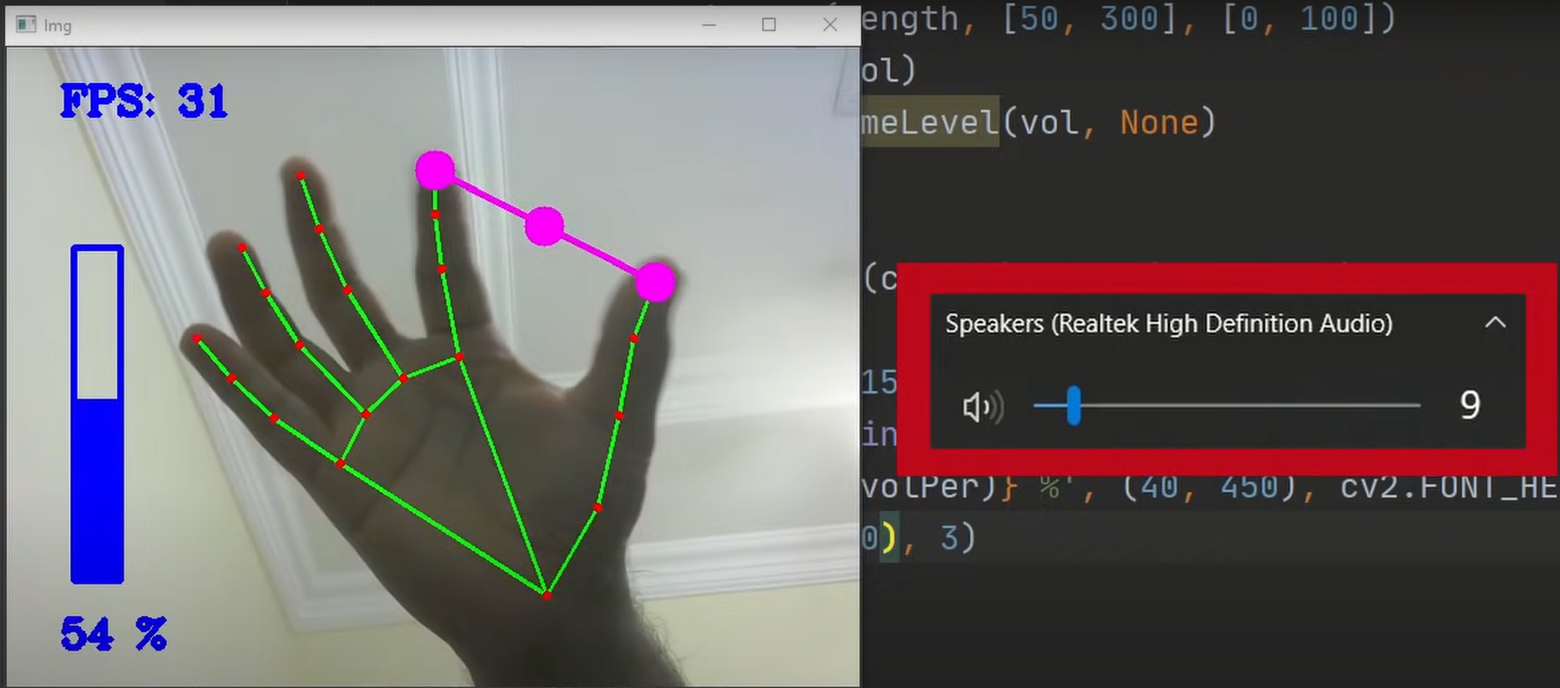
Project Source Code: Gesture Volume Control
3. Object Measuring Size Using OpenCV in Python
This project measures object sizes in images by using a reference object for scale. It's useful in industrial quality control, automation, and manufacturing. With OpenCV, it can measure length, width, and area, improving accuracy in inspections. Future enhancements could include automated reporting or integration with other measurement tools. For more details, you can watch this Youtube video.
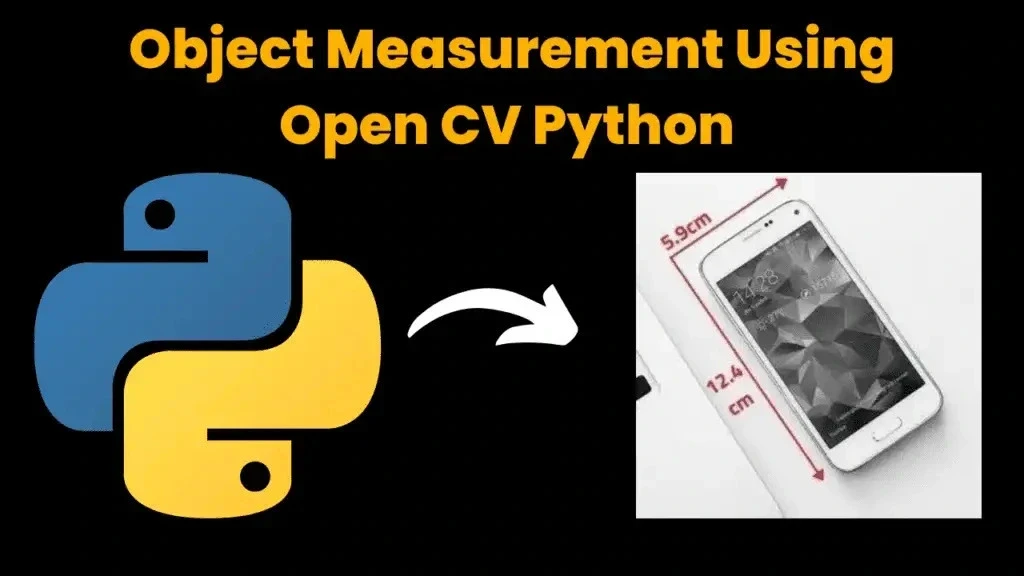
Project Source Code: Object Measuring Size Using OpenCV
4. Real-Time Drowsiness Detection Using OpenCV in Python
This project enhances driver safety by detecting drowsiness in real time using a camera feed. By analyzing eye movements and facial features, the system identifies signs of fatigue and can trigger alerts to prevent accidents. It can be integrated into vehicles' safety protocols for real-world applications. For more details, you can watch this Youtube video.
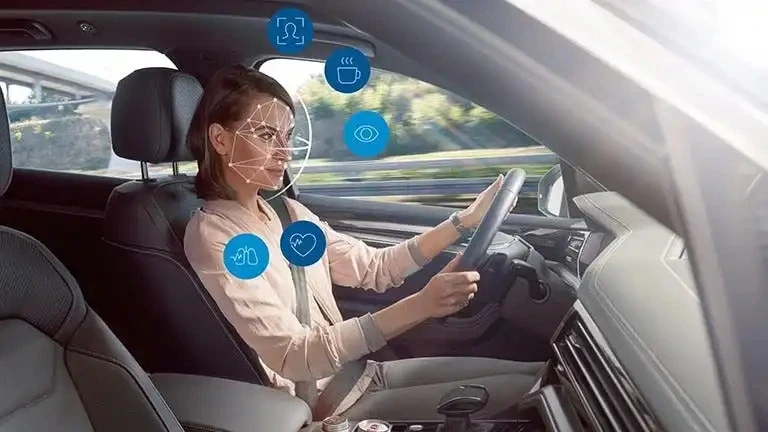
Project Source Code: Real-Time Drowsiness Detection
5. Attendance System
We will learn how to conduct high-accuracy facial recognition in this project. First, we'll go over the theory and learn how to put it into practice. Then we'll make an Attendance project that uses a webcam to recognize faces and automatically record attendance in an excel sheet. For more details, you can watch this Youtube video.
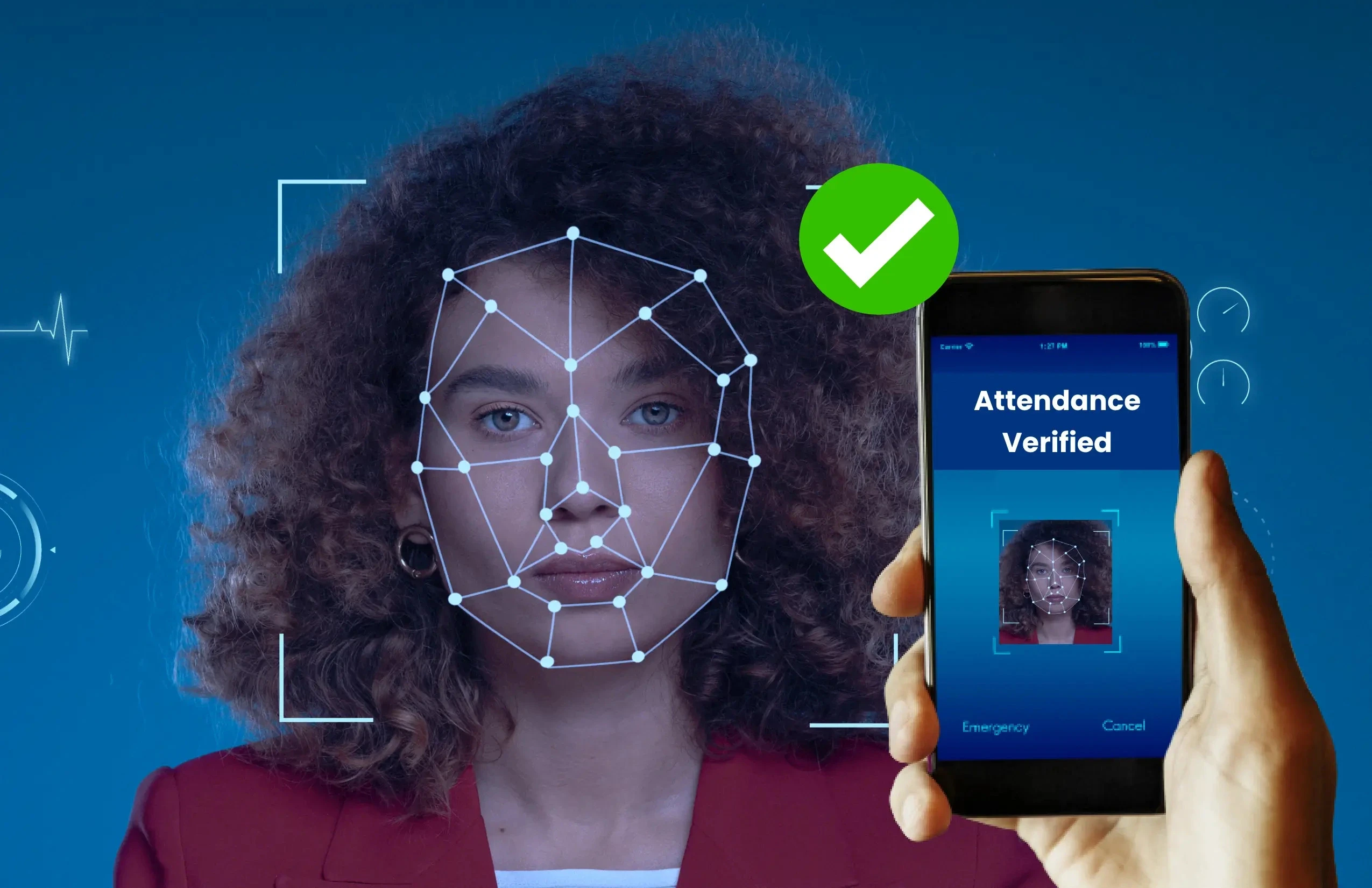
Project Source Code: Attendance System
6. Parking Space Counter using OpenCV Python
We're going to learn how to implement a Parking Space Counter in this project. We'll count how many automobiles are in total and how many parking places are available. The best part about this project is that we'll be solving the problem with basic Image Processing techniques. For more details, you can watch this Youtube video.
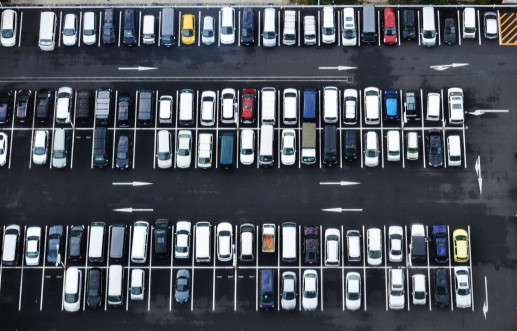
Project Source Code: Parking Space Counter using OpenCV Python
7. Optical Mark Recognition (OMR) MCQ Automated Grading
In this project, we'll look at how to use OpenCV to develop an Optical Mark Recognition method in Python. We'll write the code from the ground up, line by line, while discussing the specifics of each line. We'll utilize the webcam to find the MCQ grades automatically. For more details, you can watch this Youtube video.
_MCQ_Automated_Grading2.webp) Project Source Code:Optical Mark Recognition (OMR) MCQ Automated Grading
Project Source Code:Optical Mark Recognition (OMR) MCQ Automated Grading8. Virtual Calculator using OpenCV
In this project, we will create a virtual calculator that is controlled by finger gestures. We'll make a button class and 16 buttons to aid in the calculation. For more details, you can watch this Youtube video.
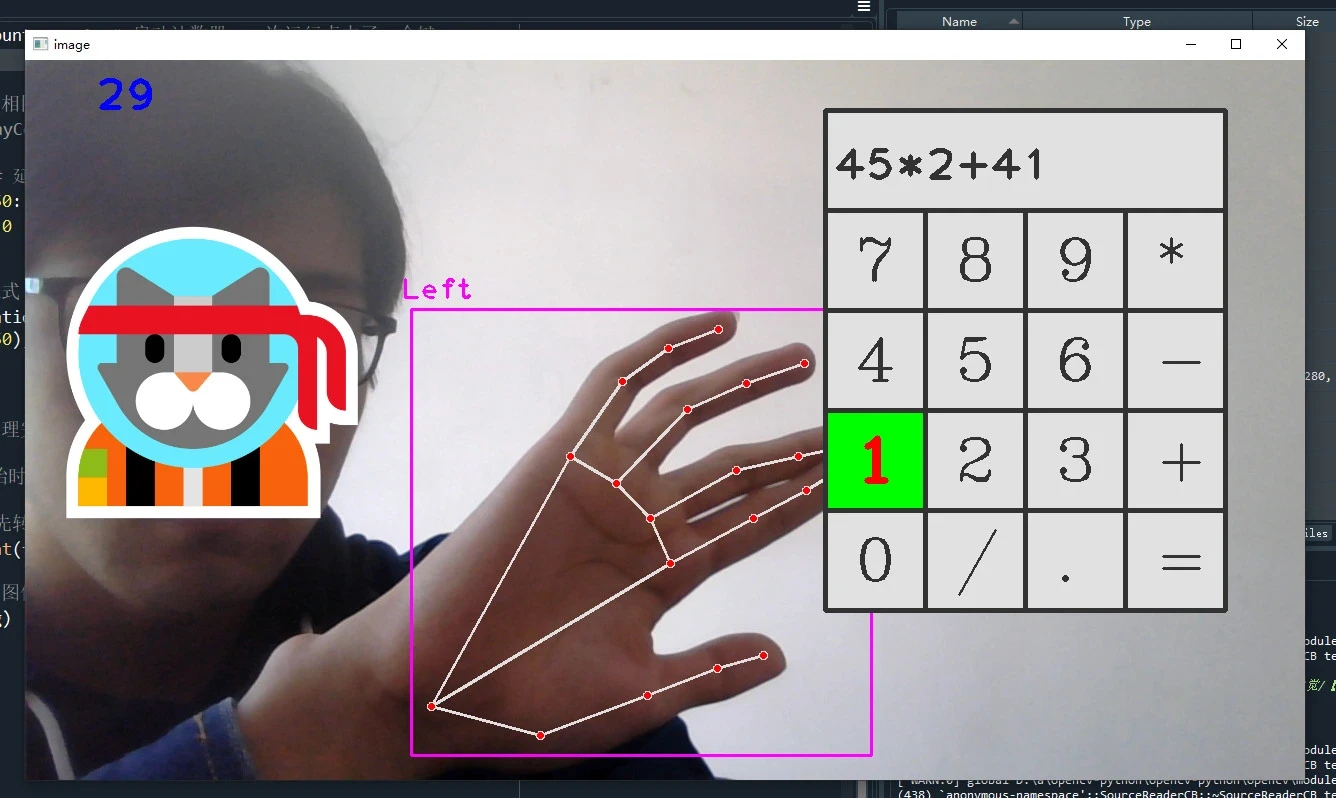 Project Source Code:Virtual Calculator using OpenCV
Project Source Code:Virtual Calculator using OpenCV9. Computer Vision Game (Velcro Dart Board)
In this project, we will construct a computer vision game in Python using OpenCV. We'll learn how to detect the balls and determine where they landed on the board. We'll take it to step by step so it's simple to follow. For more details, you can watch this Youtube video.
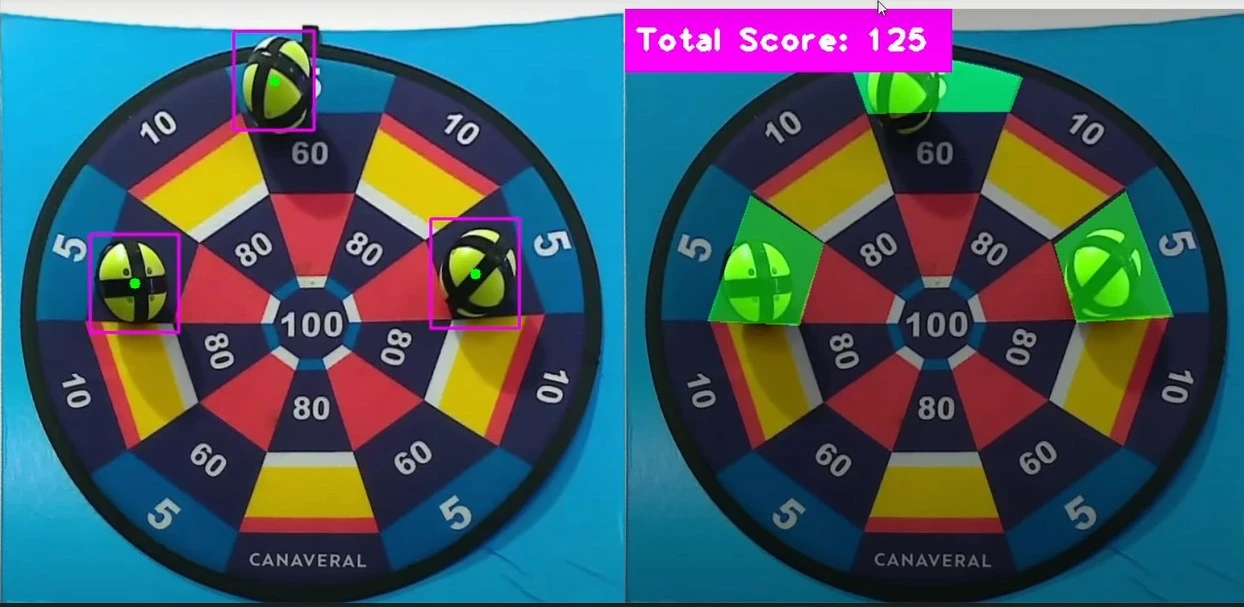
Project Source Code: Computer Vision Game (Velcro Dart Board)
10. Augmented Reality with OpenCV
We'll look at how to use OpenCV with Aruco Markers to accomplish real-time augmentation. We'll start with the fundamentals and then build a module to use in future projects. For more details, you can watch this Youtube video.
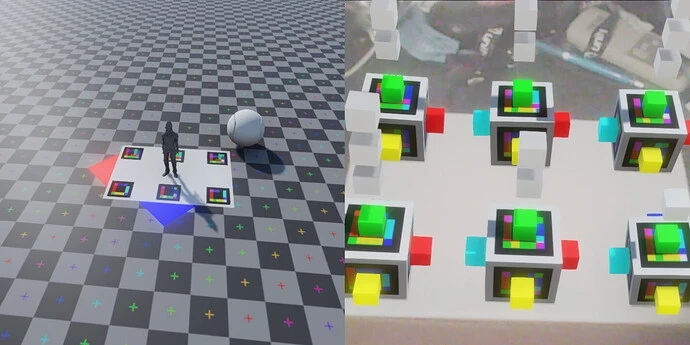
Project Source Code: Augmented Reality with OpenCV
11. Face Mask Detection
To protect themselves, all citizens are now required to wear face masks. This application can be beneficial to all shop owners, offices, banks, and other public places because anyone who is not wearing a mask should not be permitted to enter. As a result, no guard or someone who keeps an eye on people is required to address this issue. We can incorporate a camera that takes continuous photographs of people and detects whether or not they are wearing a face mask by looking at their faces. For more details, you can watch this Youtube video.

Project Source Code: Face Mask Detection
12. Real-time Human Detection & Counting
We'll develop a Human Detection and Counting System in Python using a Webcam or your own video or photographs in this project. This is an intermediate-level computer vision deep learning project that will help you grasp the principles and become a Data Science specialist. Let's work together to create something great. For more details, you can read this article.

Project Source Code: Real-time Human Detection & Counting
13. Vehicle Counting, Classification & Detection using OpenCV
This project will use OpenCV to create a sophisticated vehicle detection and categorization system. Using OpenCV-python, we'll employ the YOLOv3 model. Python's Open-CV package provides real-time computer vision. YOLO is compatible with OpenCV and can be used directly. For more details, you can watch this article.
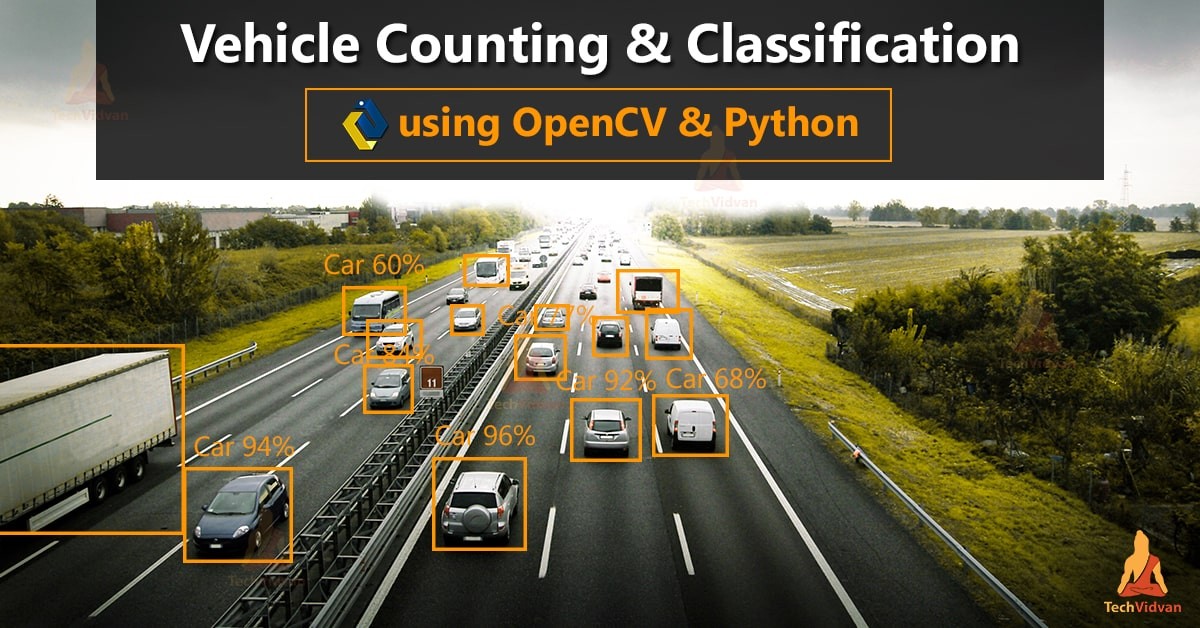
Project Source Code: Virtual Drag and Drop using OpenCV
14. Virtual Drag and Drop using OpenCV
We will learn to develop a virtual drag and drop system in this project by using OpenCV and Python. Which can be a part of your OpenCV final year project. For more details, you can watch this Youtube video.
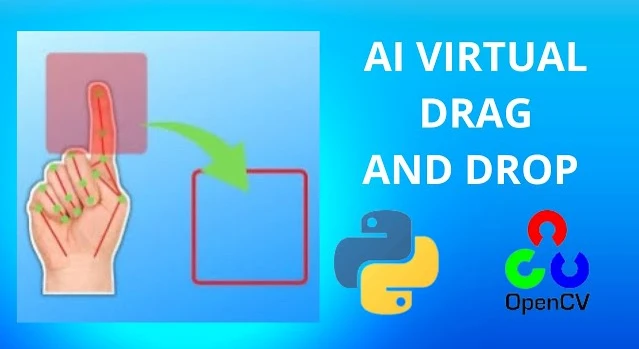
Project Source Code: Virtual Drag and Drop using OpenCV
15. Text Detection and Extraction Using OpenCV and OCR
This project automates text detection and extraction from images using OpenCV and OCR. It's useful for document scanning, automated data entry, and text-based image analysis. Future enhancements could integrate natural language processing (NLP) for more advanced applications in document analysis and AI assistants. For more details, you can watch this Youtube video.
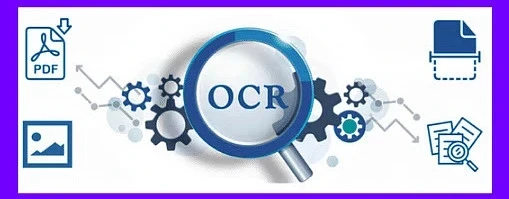
Project Source Code: Text Detection and Extraction
If you have any suggestions or queries you can comment below. Your comments are always important to us.

